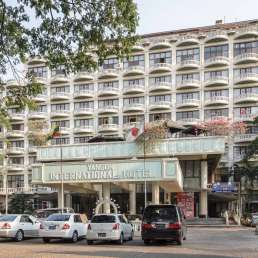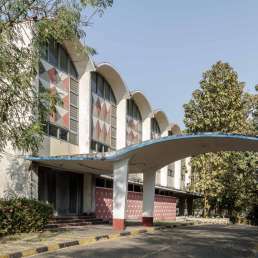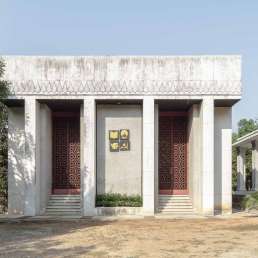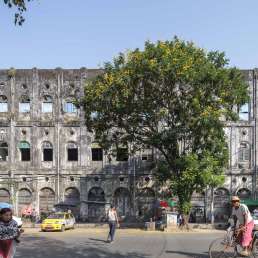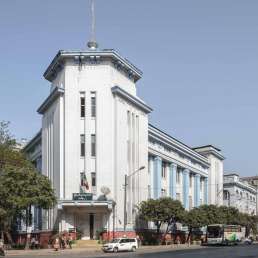by Manuel Oka
Several years ago my interest in Myanmar started to grow. I was mainly intrigued by the stories of a country that seemed to have been almost forgotten by the world. What little knowledge I had only painted a rough picture of Myanmar: on the one hand, of a serene, deeply Buddhist society strewn with ancient temples and monks in red robes; and on the other hand, an autocratic regime with a strained relationship towards human rights and the international community. My interest remained private in nature for many years, fuelled mostly by the bucolic images of an apparently forgotten land that longed to be explored.
As Myanmar gradually started to open up, more stories would reach my ears that painted a wholly different picture. Especially intriguing were the descriptions of the former capital city, Yangon, that was said to exude a vibrancy not unlike that of Havana in its street life as well as its colourful streetscape. Soon, well-known international newspapers and TV stations started to cover the colonial heritage left behind by the British—largely untouched due to decades of international isolation. These media stories would usually highlight the Yangon Heritage Trust’s conservation efforts, illustrated with dilapidated and overgrown brick buildings. The journalists would then describe the struggles of combating urban decay, blaming a sluggish and negligent bureaucracy. As a cautionary tale, the audience was reminded of the fates of numerous other Asian cities that had once held a similar cultural heritage. Was a future of indistinct high-rises and mega malls now looming over Yangon, too?
Ben and I had previously collaborated fruitfully on a research project about urban architecture in Tokyo. When he told me about his first visit to Myanmar, I didn’t need much convincing. In our own way, we wanted to document this unique assortment of ancient temples, stately brick buildings and crowded tenements before the tides of urban and economic development could threaten them. As a regular visitor to Myanmar with some exposure to its history and politics, Elliott naturally completed the team.
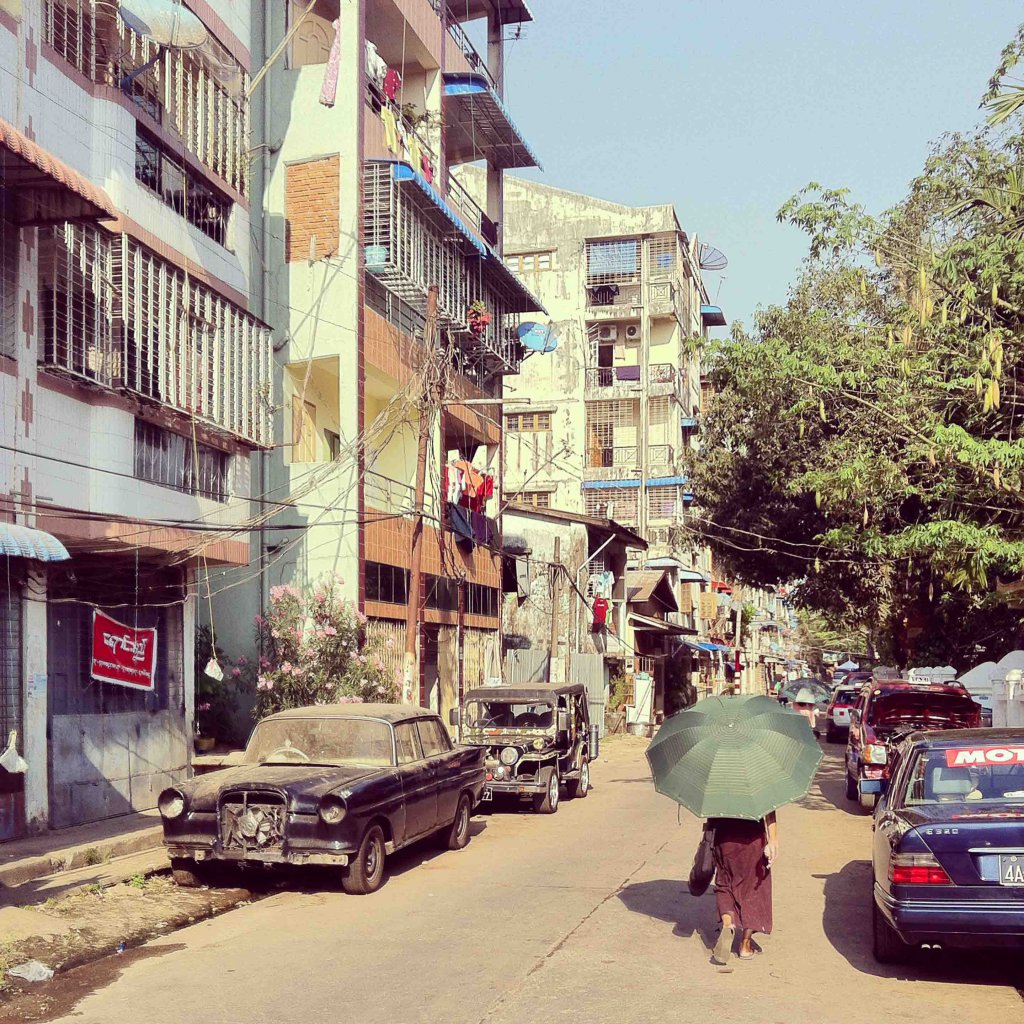
My first trip to Yangon quickly revealed that the city’s architectural scope extended far beyond what was left by the British Empire. I would often stumble upon arresting architecture from later decades. But trying to find relevant buildings in a city of seven million was—for lack of written resources such as this very book!—a daunting task. Information about individual buildings I had already discovered was often scarce, if available at all. Yangon, it seemed, was in dire need of an architectural digest.
“Soon after the break of daylight, traffic would swell to a stream of roaring metal that wouldn’t subside until well past sunset”
Research happened on the dusty (but also sometimes flooded) streets of Yangon and in the archives of scholarly libraries overseas. As the team’s photographer, my work consisted mostly of the former, which at times could be a laborious task. Even after the torrential monsoon rains had passed and the humidity became less oppressive, shooting hours were mostly limited to the mornings and late afternoons. Soon after the break of daylight, traffic would swell to a stream of roaring metal that wouldn’t subside until well past sunset. The midday sun would cast harsh shadows into the narrow downtown alleys, swallowing every detail. In wider areas, it was hard to escape the scorching sun. In the gentler hours of the day, just before sunrise and right after sunset, I became a feast for swarms of hungry mosquitoes.
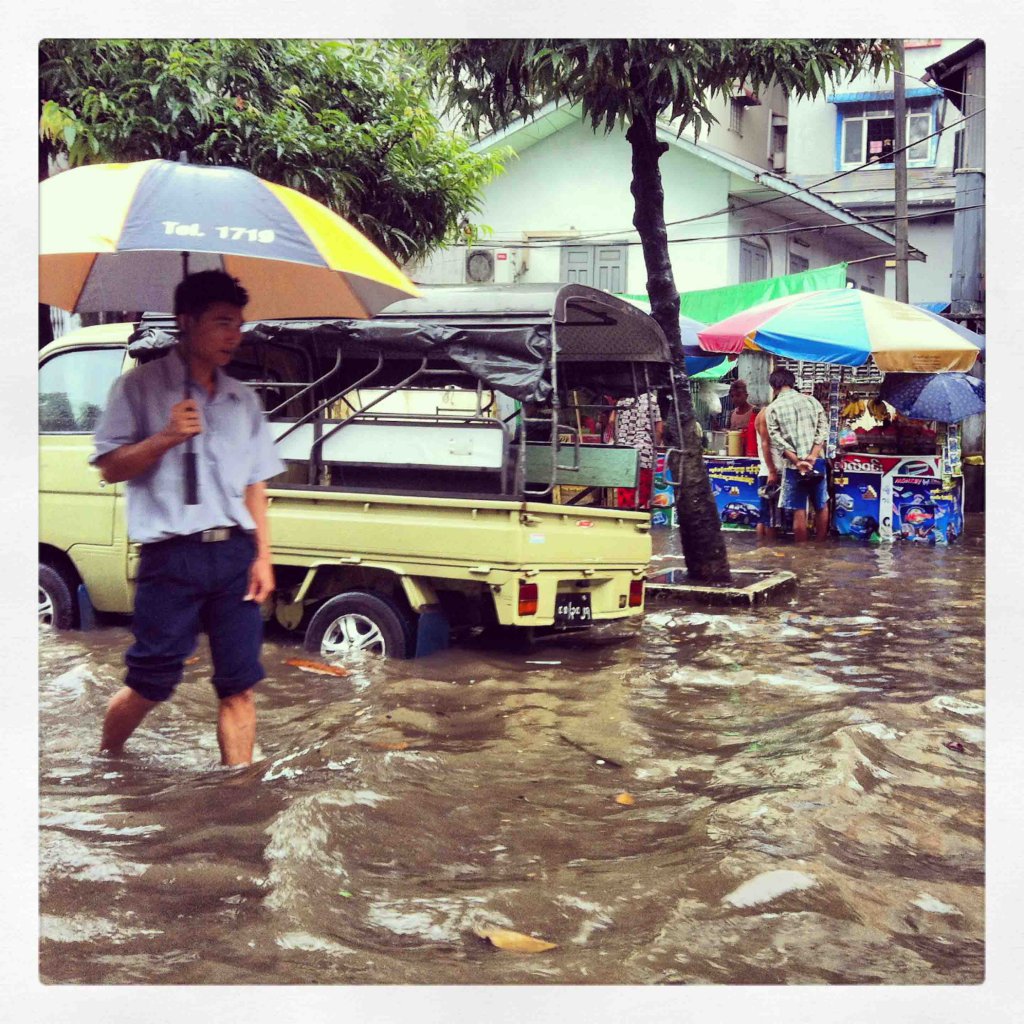
But these inconveniences pale in comparison to the kindness that I was met with. Access to many off-limits buildings only became possible after getting to know the right people. Personal conversations with architects and artists, but also with shopkeepers and taxi drivers, often revealed important bits of information or anecdotes that ended up in this book. Finally, an active social media community also contributed greatly to our research. I am lucky to have come away with many lasting friendships in another city that I can now call home.
